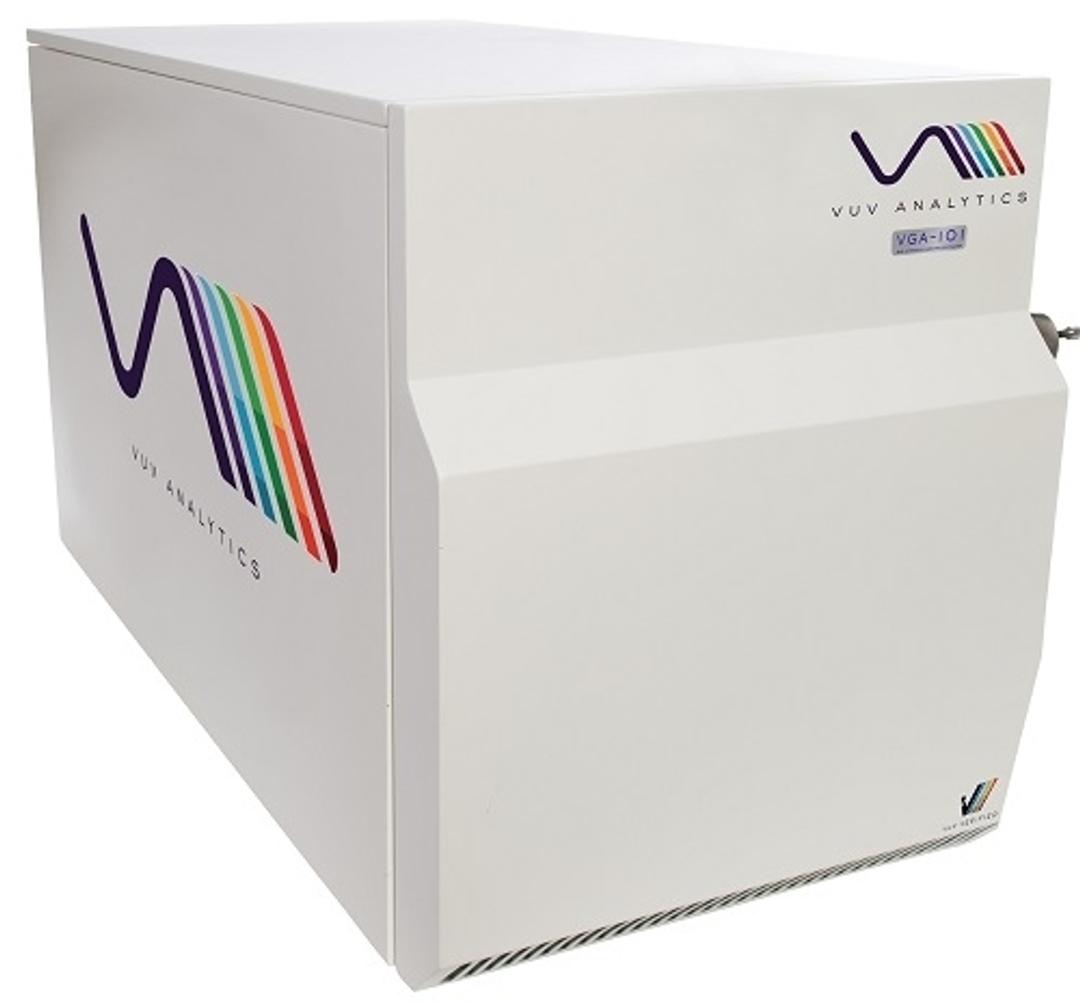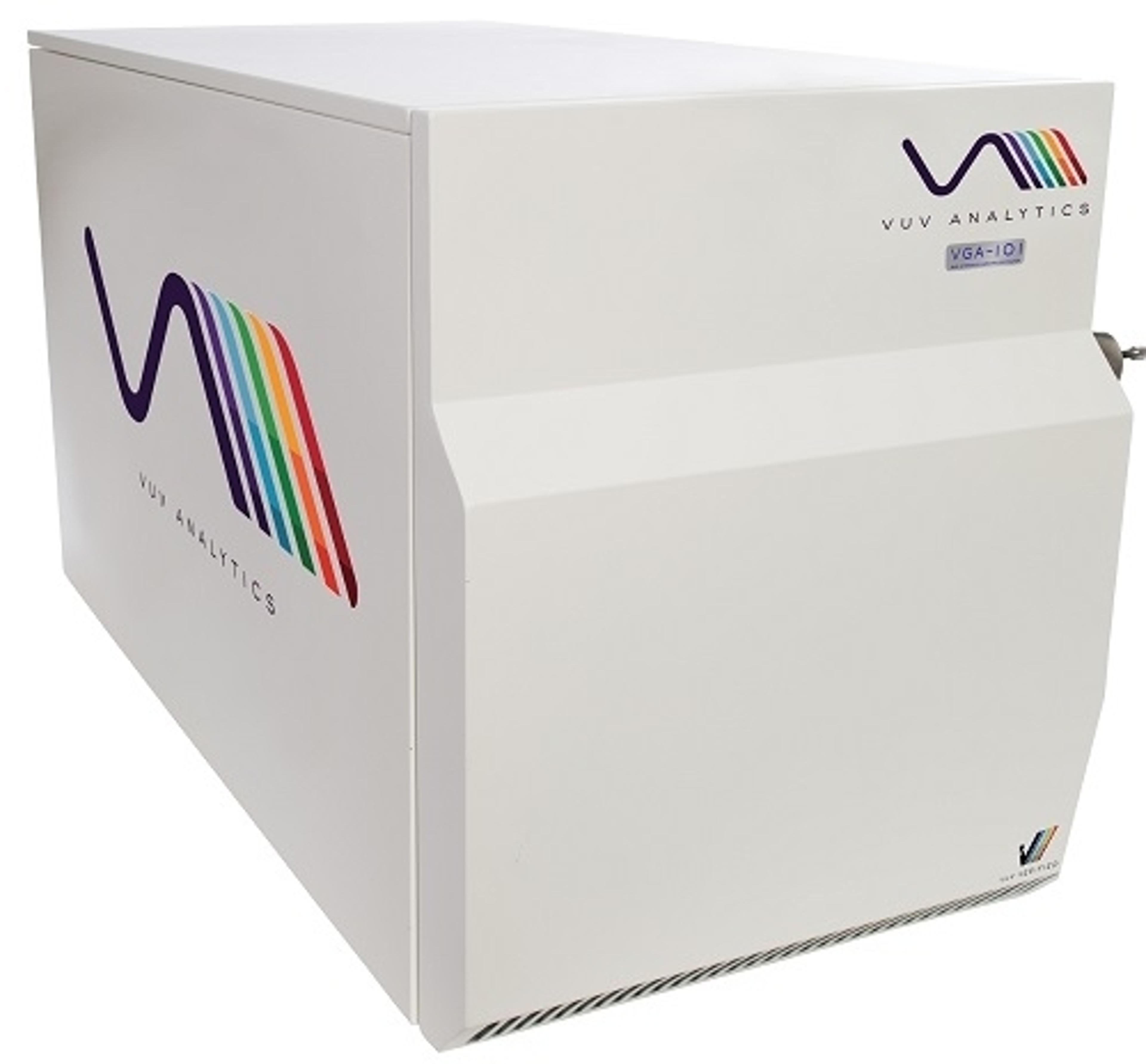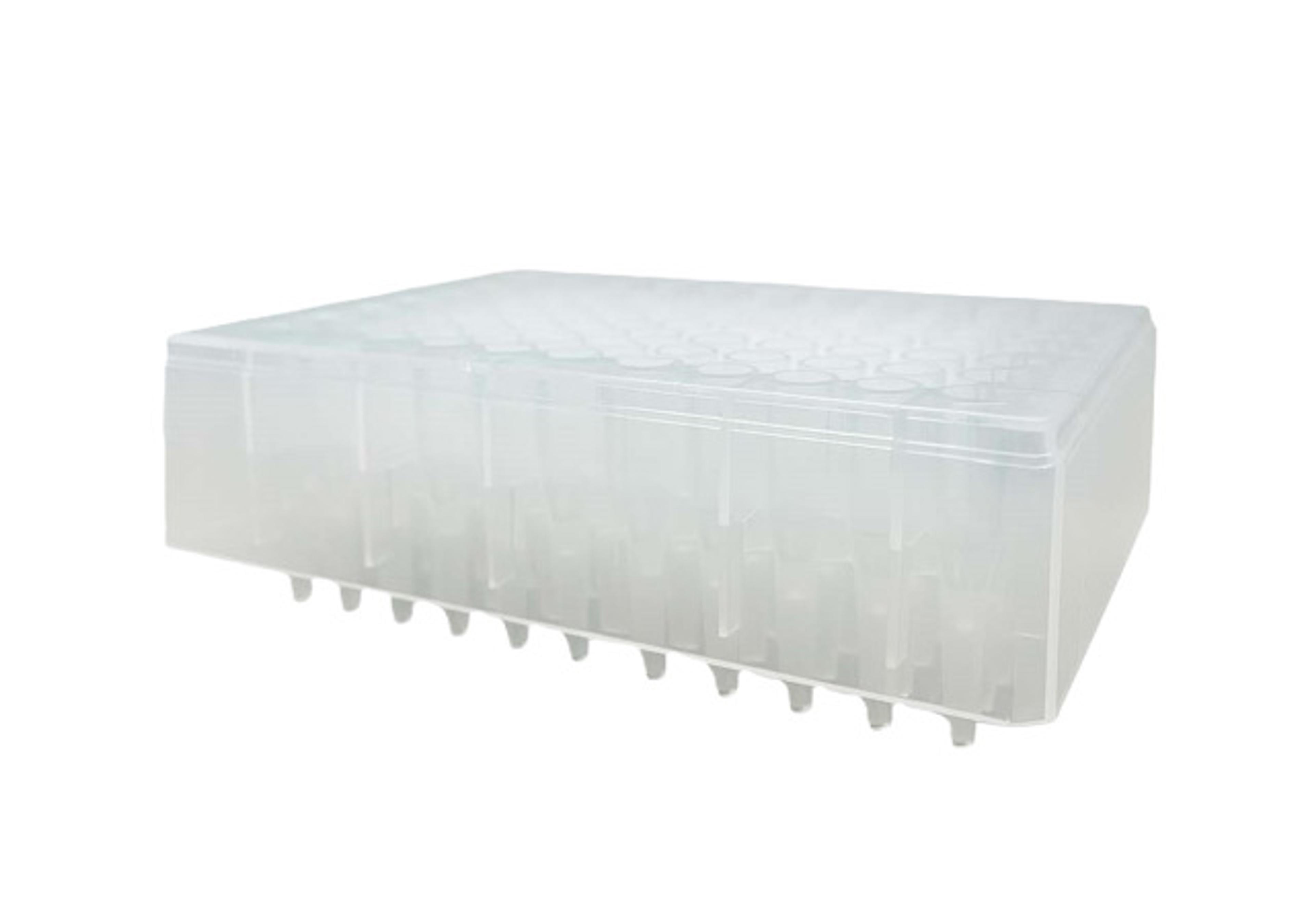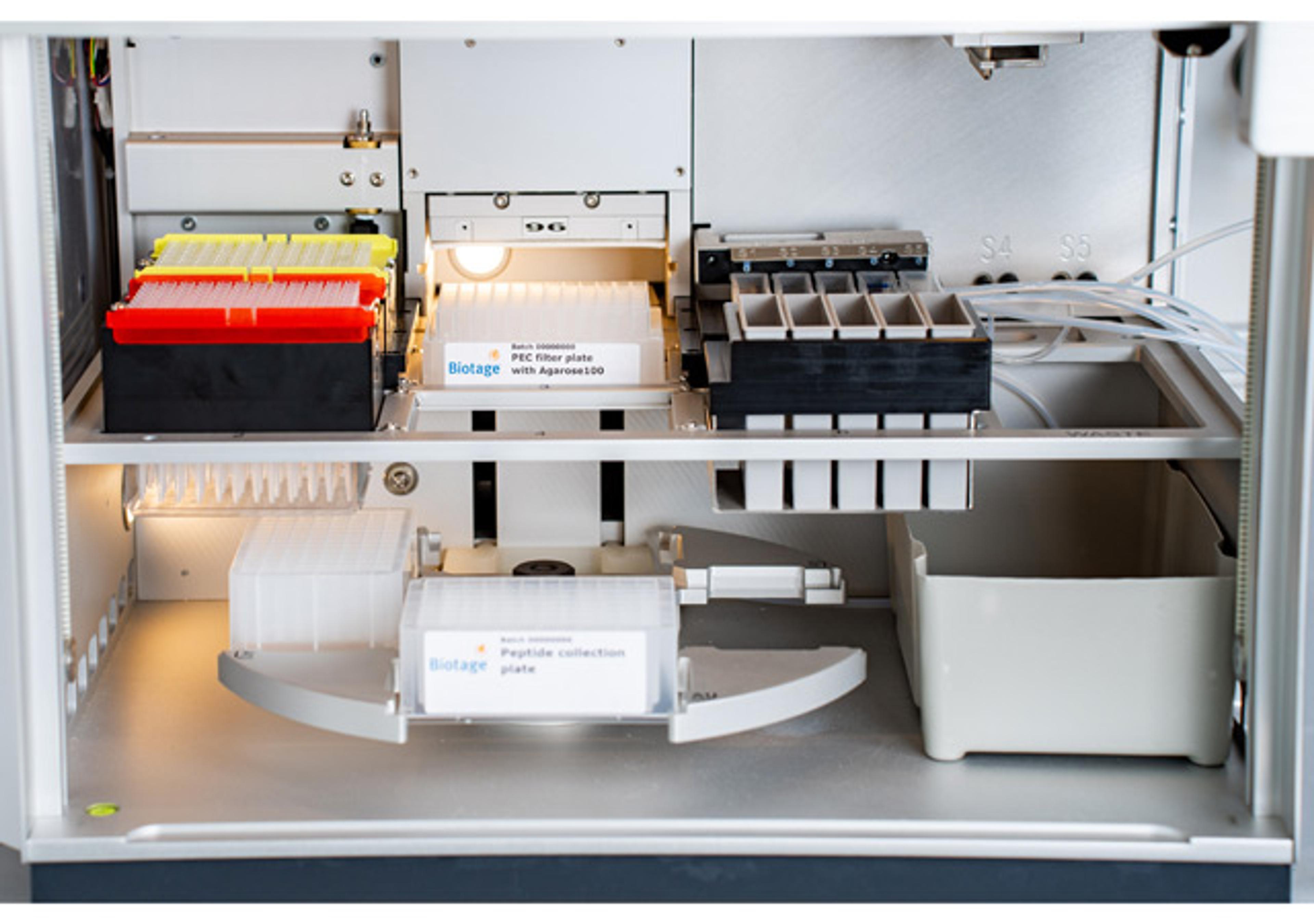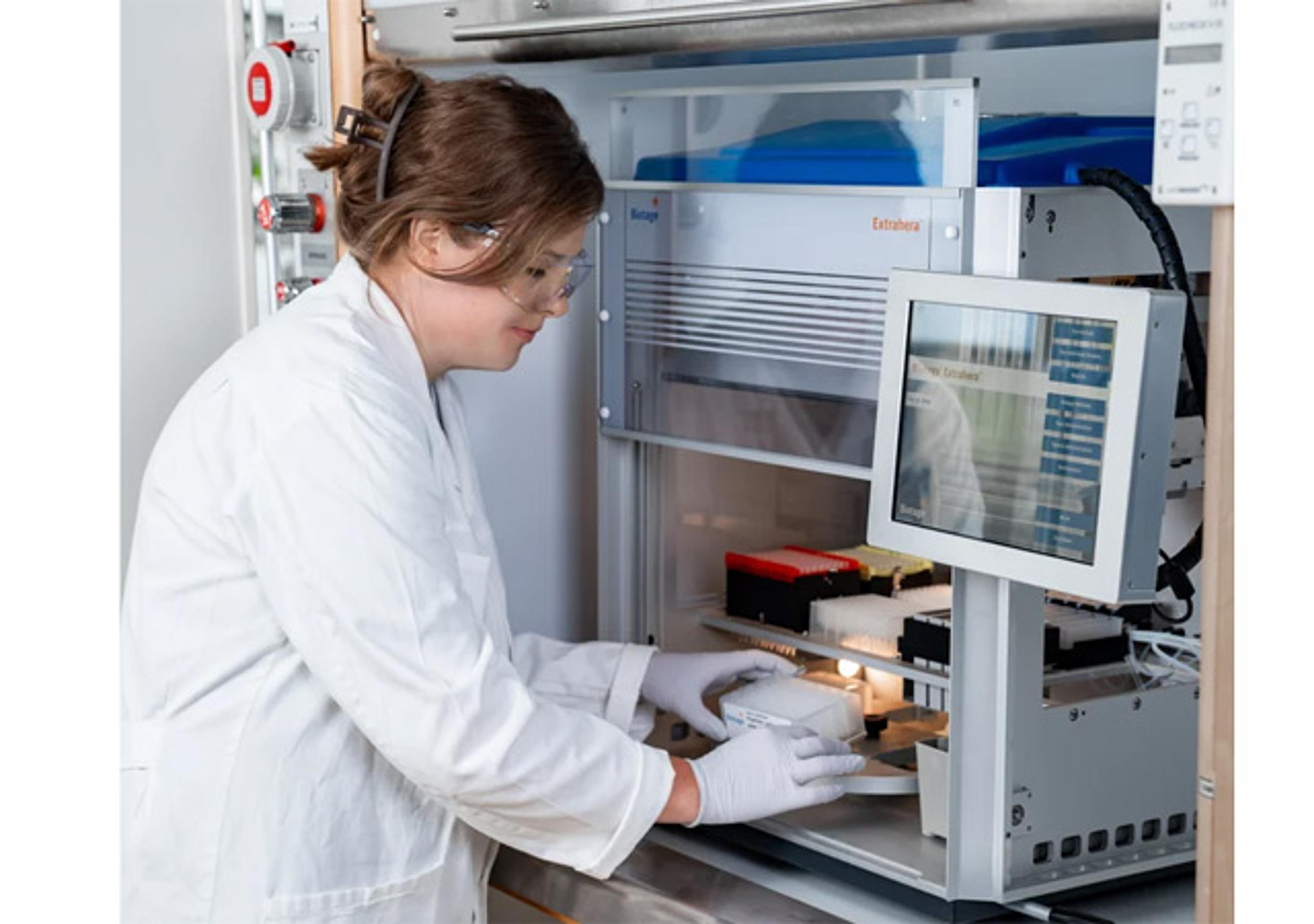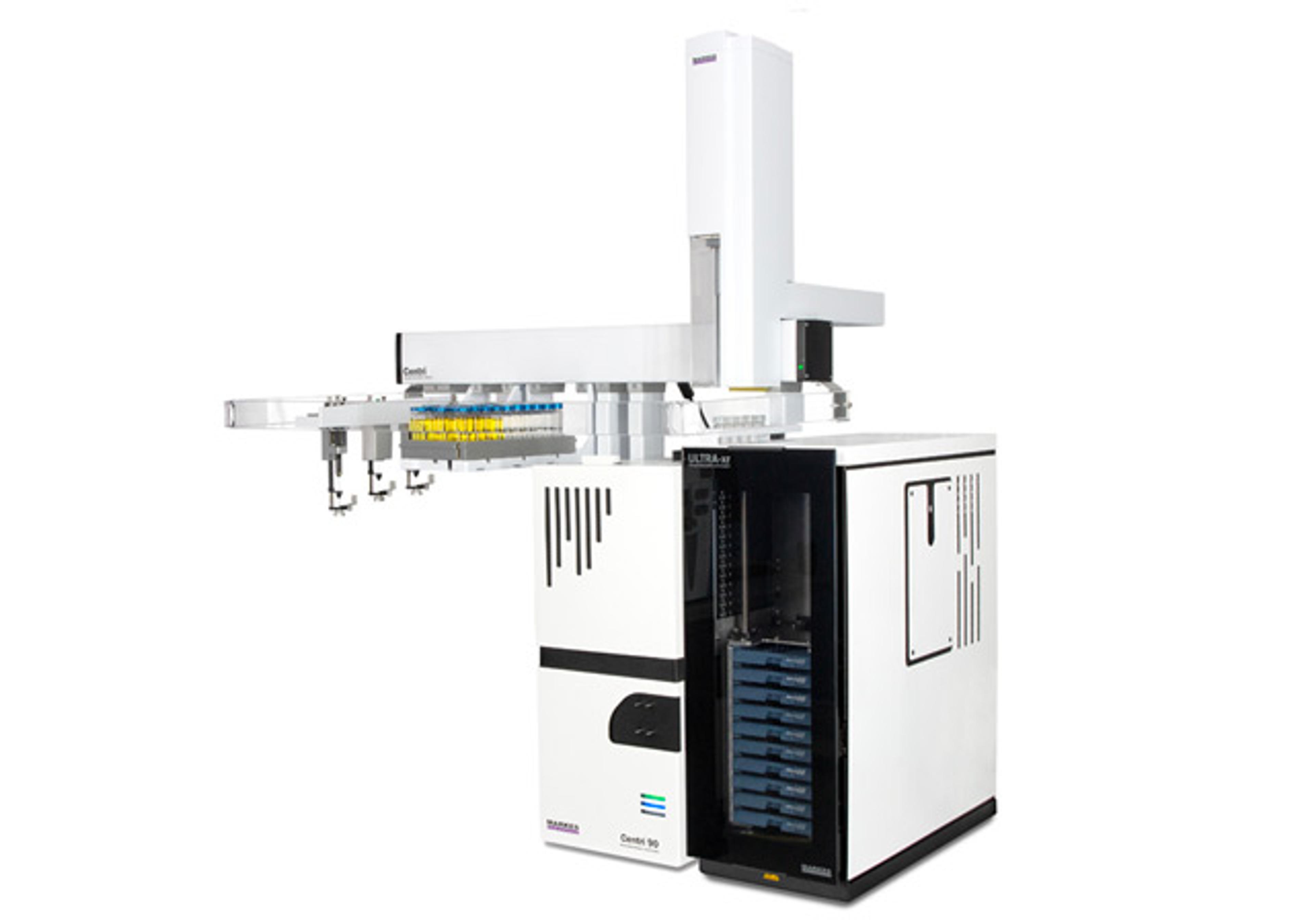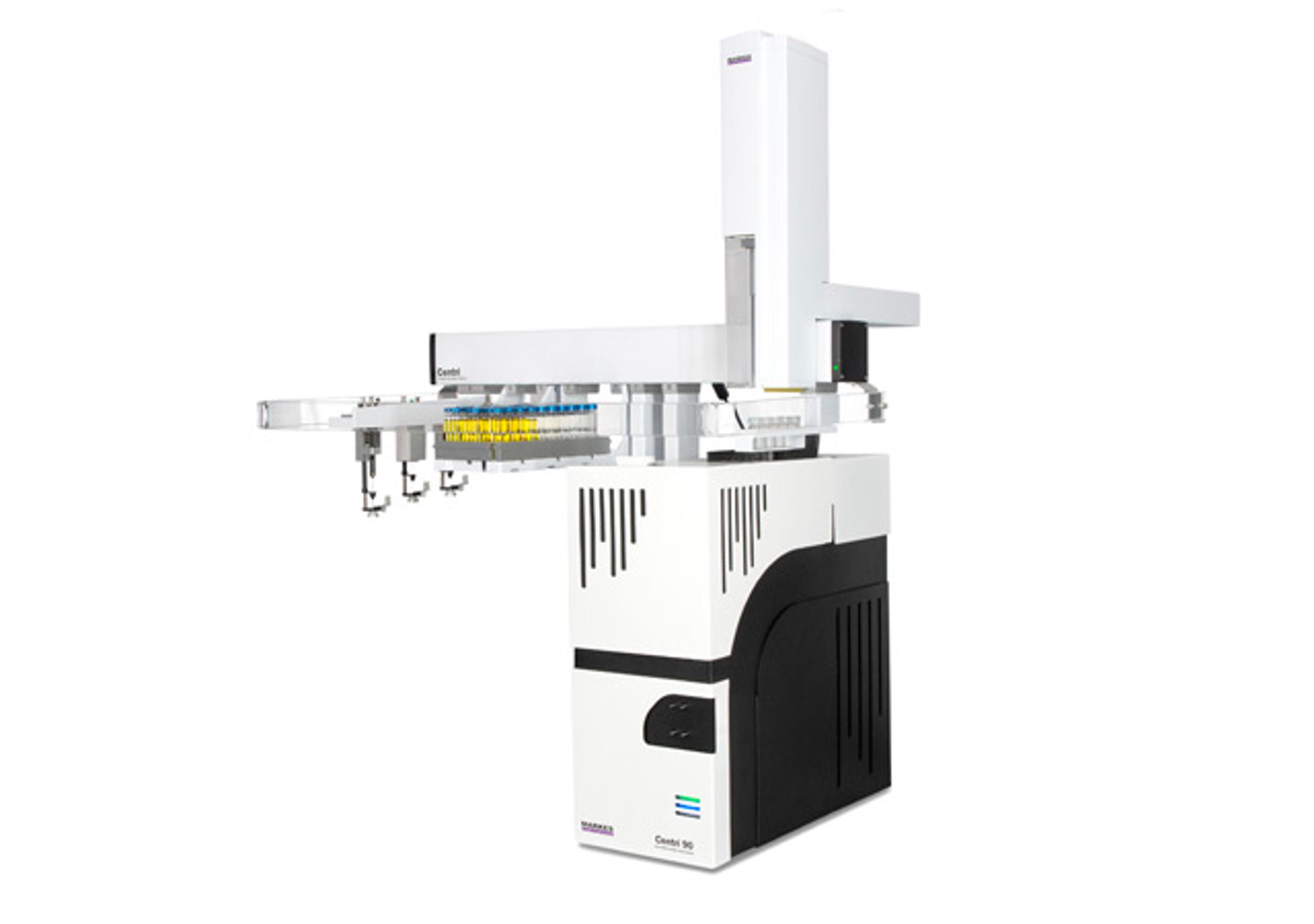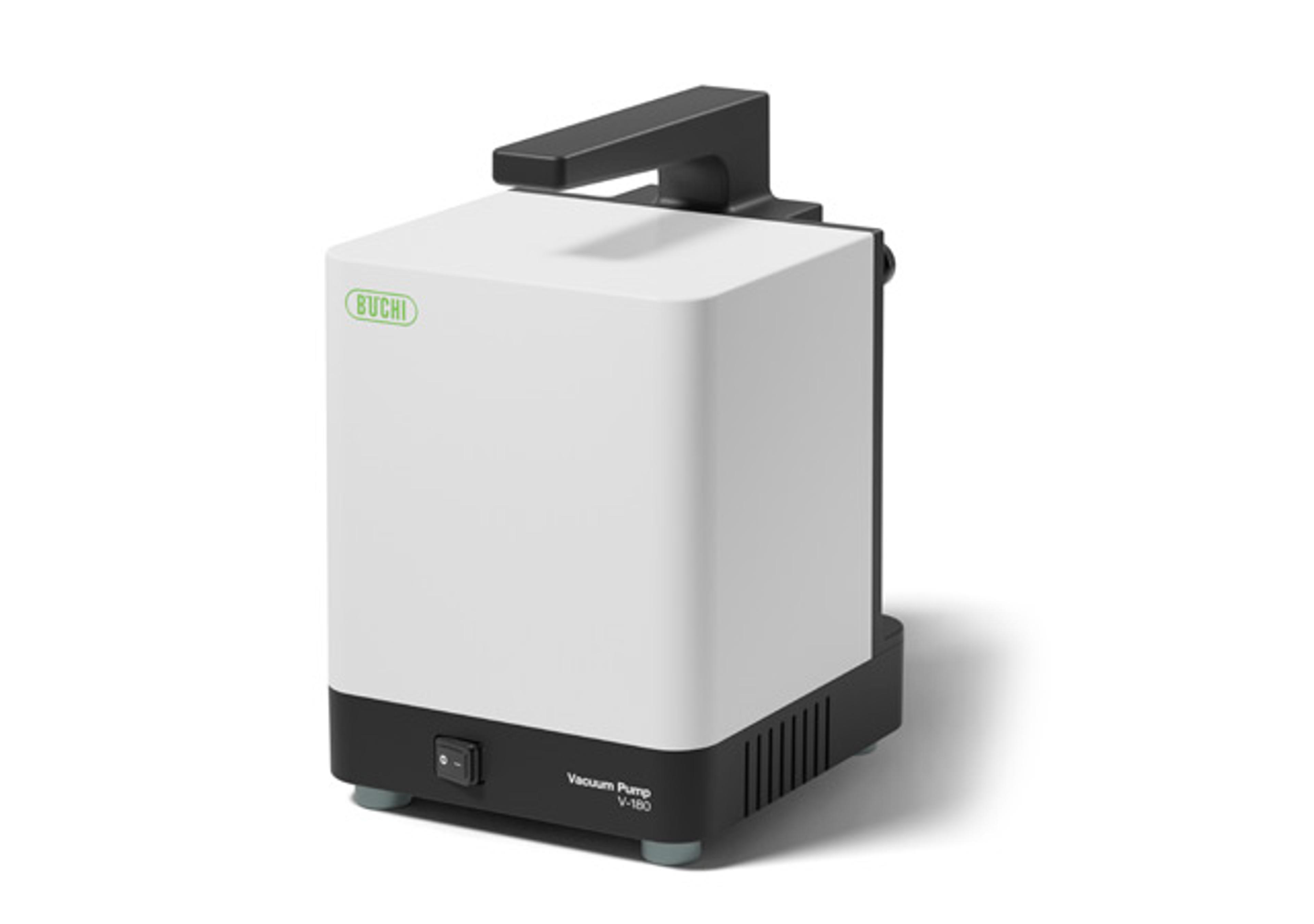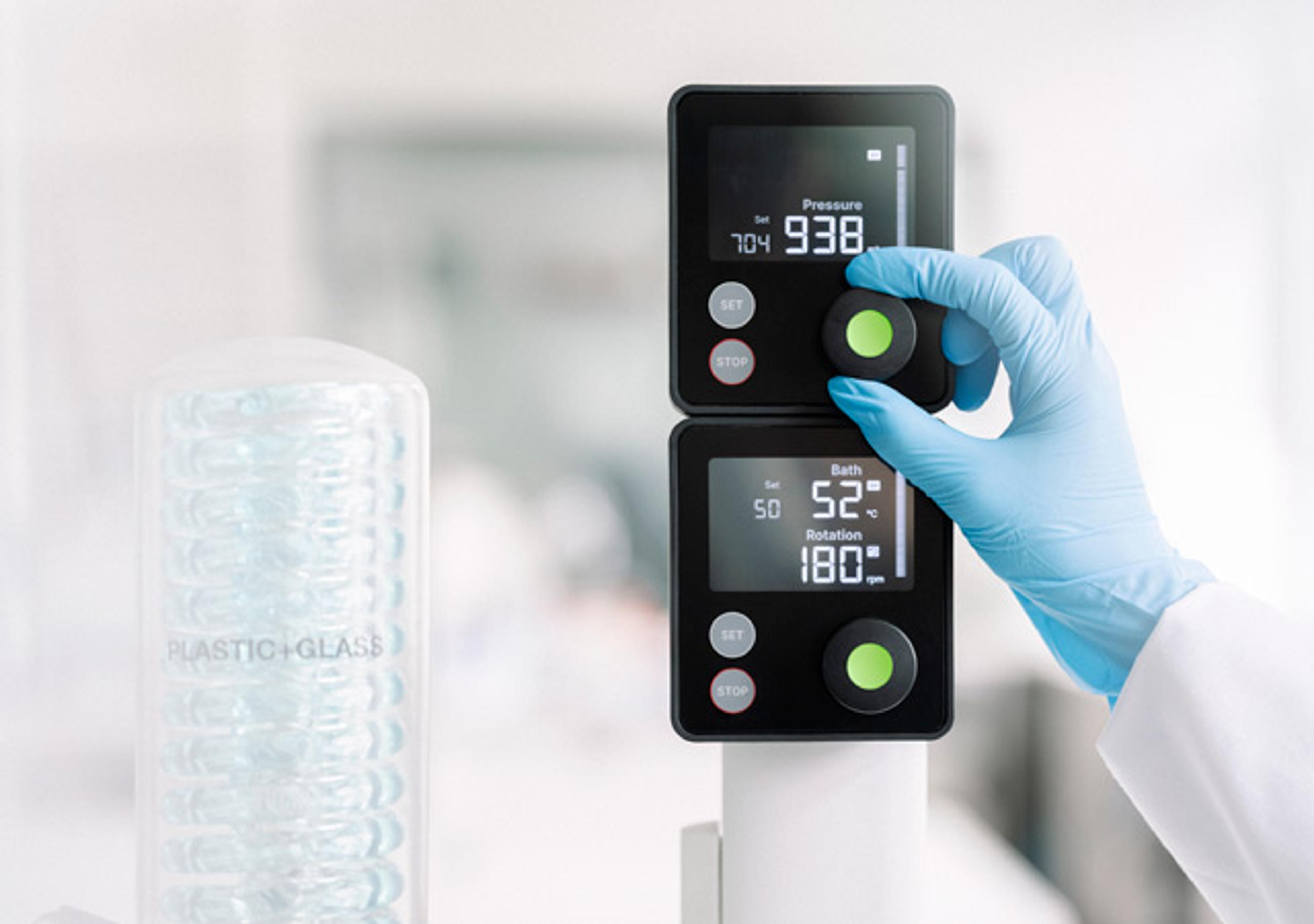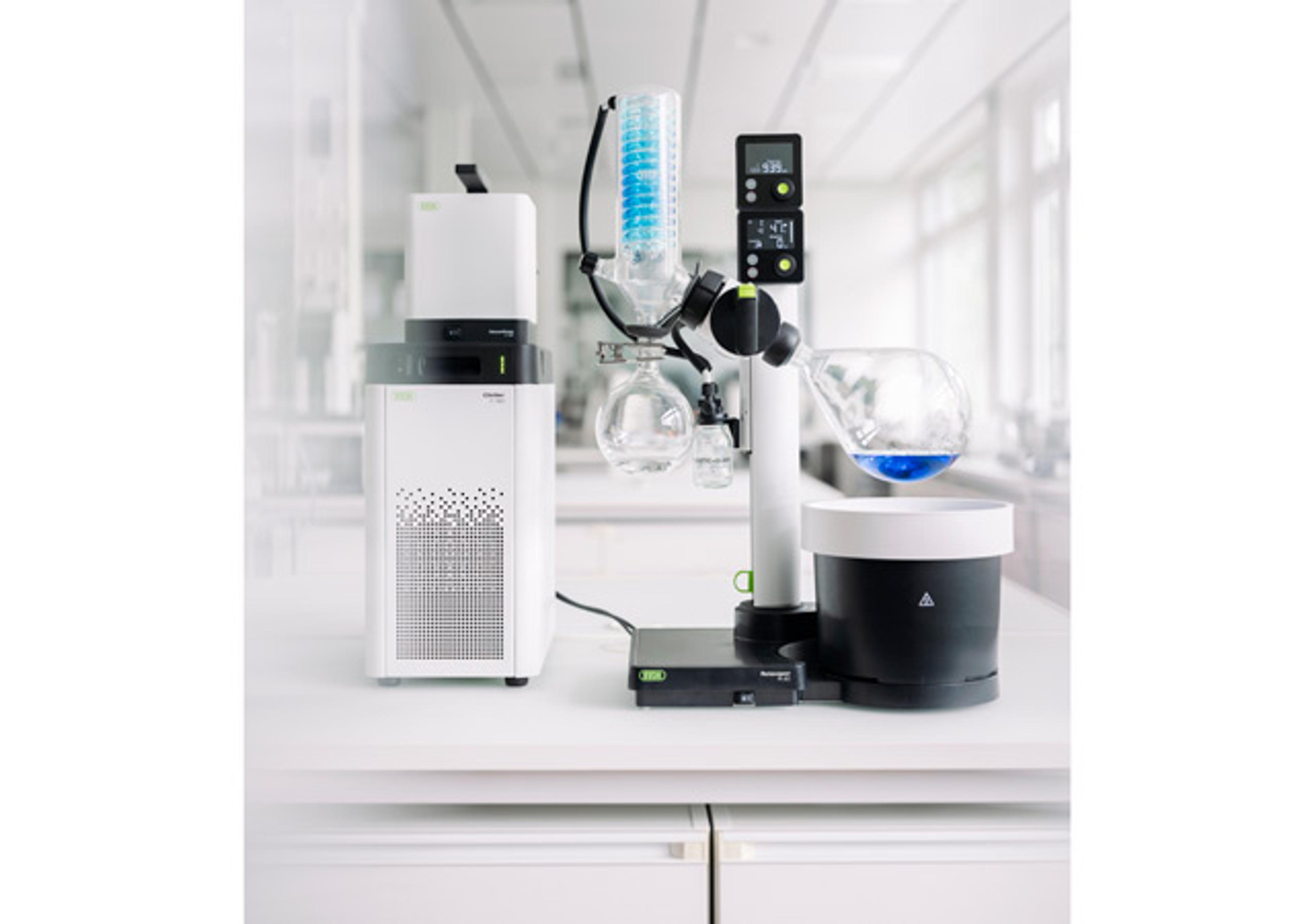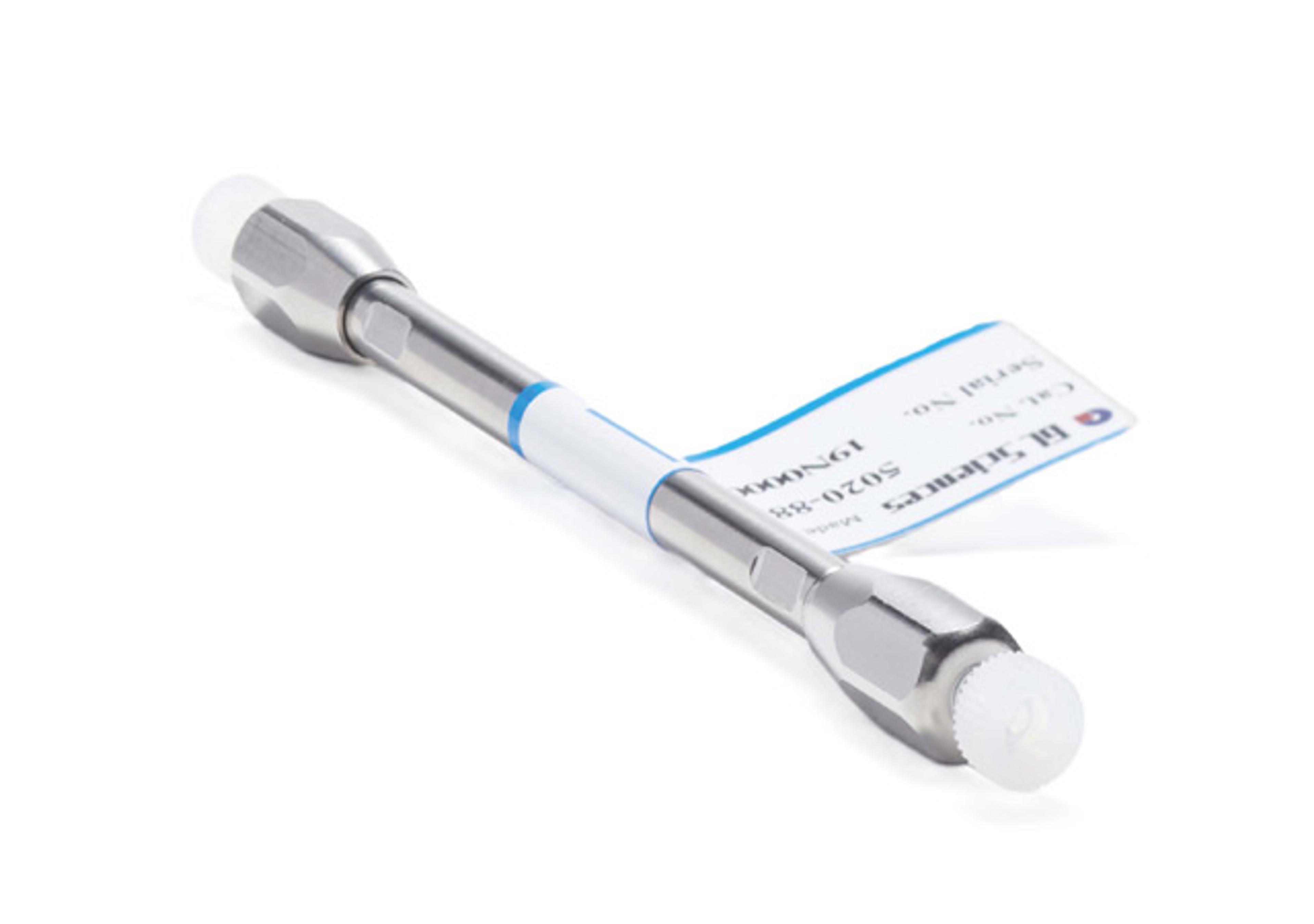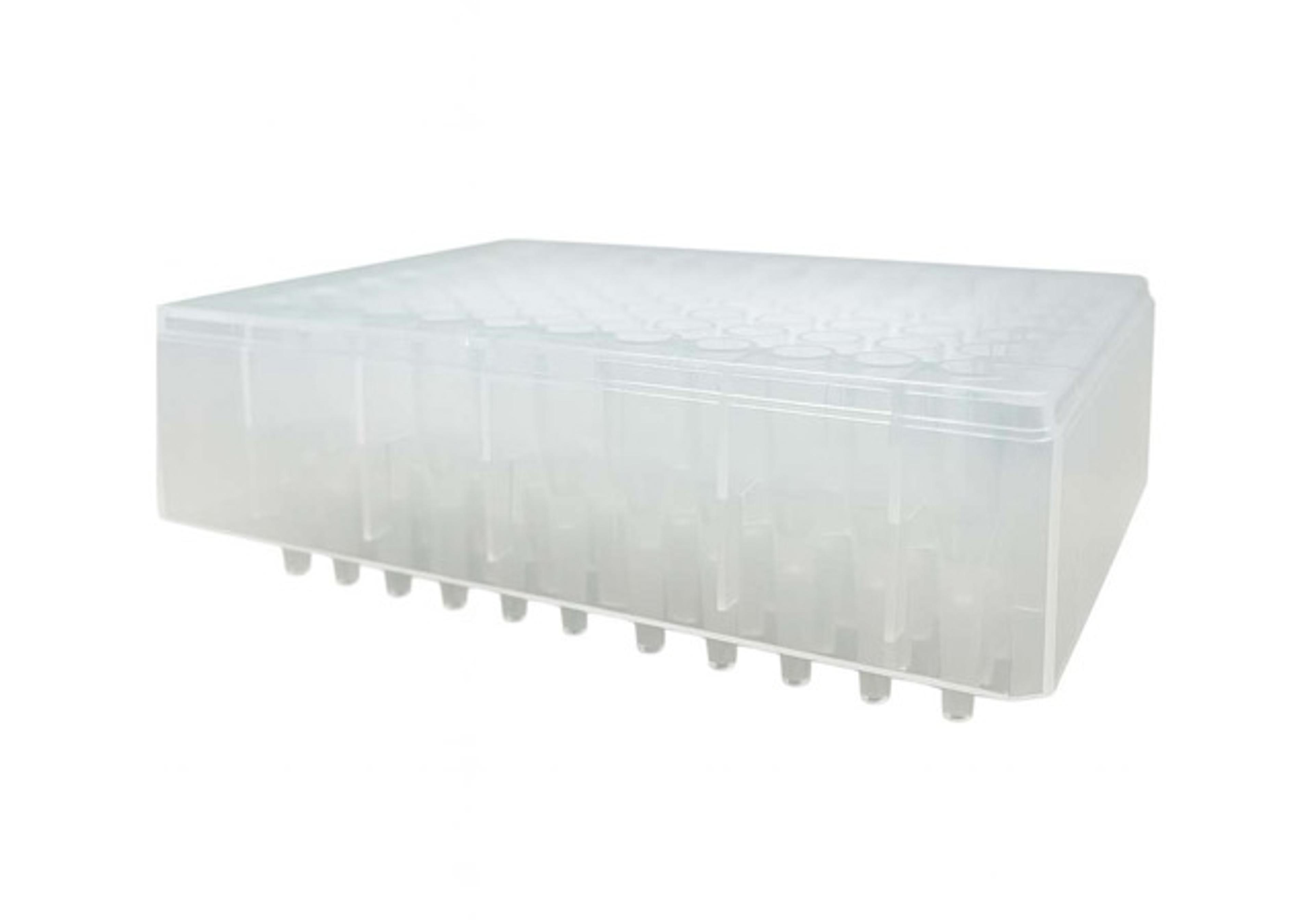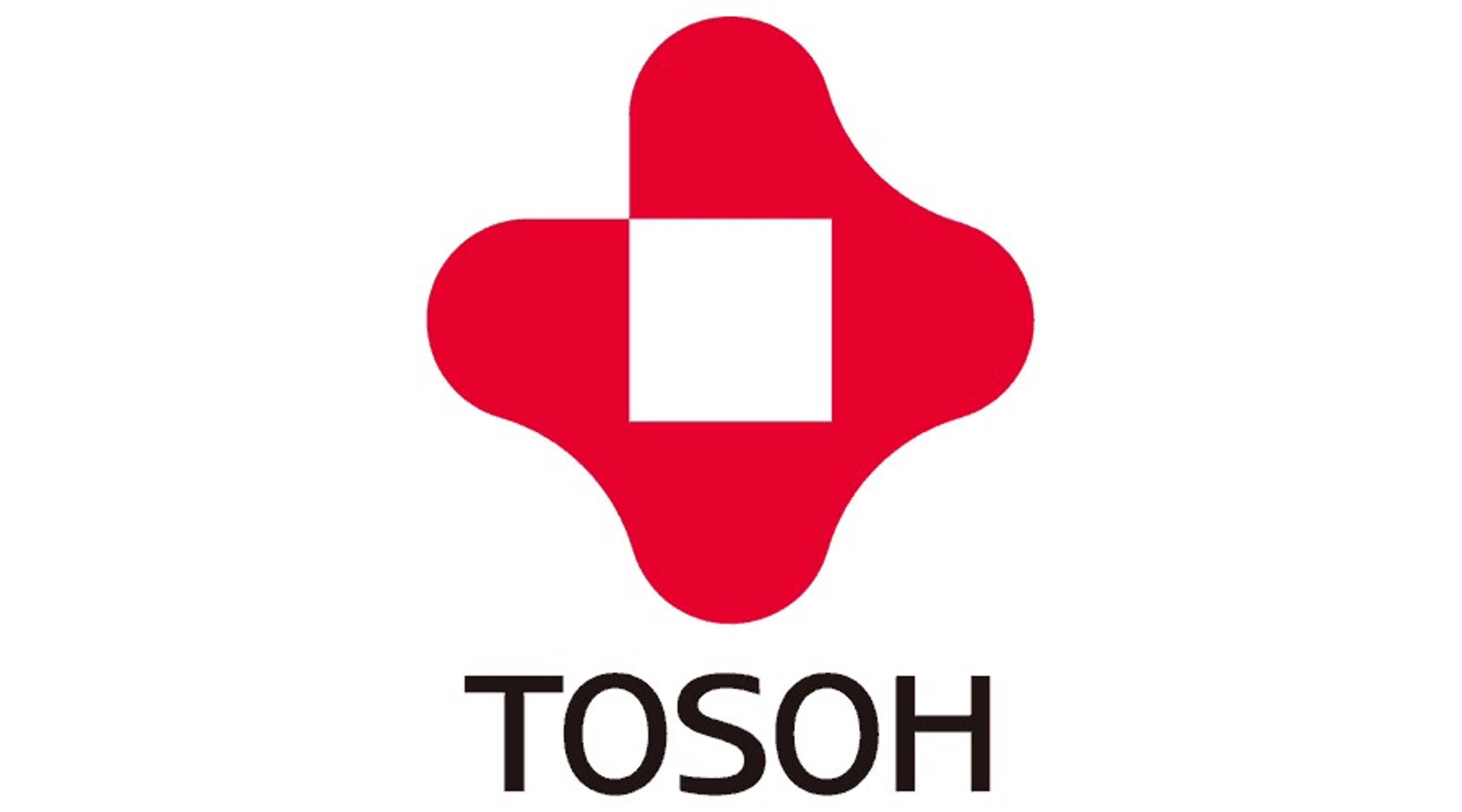VUV Analytics VGA-100
Finally, a universal detector that's sensitive, selective, and headache-free. 1st Universal detector for identification and quantification. It's easy to use. We repeat: Easy. To. Use. Uniquely identifies compounds in complex mixtures, including co-eluting isomers. How does it work? Easy. It's all about absorption spectroscopy. Very fast sampling. (Up to 100Hz) Excellent temporal resolution. No ioni…

The supplier does not provide quotations for this product through SelectScience. You can search for similar products in our Product Directory.
Powerful Complement to MS Detectors
Complex Sample Separations and Isomer ID in fuels and Drilling Wastewater
This universal spectroscopic GC detector has created new opportunities for applications previously not able to be sufficiently achieved by GCMS. The spectral information in the vacuum ultraviolet (VUV) region (<185 nm) in quite remarkable, as single bonds and permanent gasses even absorb here. The 0.5 nm resolution for monitoring absorption spectra takes advantage of the fine structure present in the gas phase. We perform some environmental forensics work at times and will incorporate ratios of particular compounds for fingerprinting purposes. The m- and p-xylene isomers co-elute on most GC columns. Since full spectral absorbance (120-240 nm) is acquired each scan, the VGA-100 is able to deconvolute the 1 chromatographic peak into the 2 distinct isomer peaks due to their unique absorbance. These compounds are indistinguishable by GCMS or GCMS/MS. This deconvolution also works well in ensuring peak purity of our separations, especially in complex fuel or produced water samples. We also take advantage of a tremendous amount of time savings as the concentration of a compound can be directly determined based upon the peak absorbance, comparable to Beer's Law. In short, we don't need calibration curves or even standards to quantitate if the compound is in the library. The rating of 4 stars for Ease of Use is based upon the stock software not being a 'black box' with just a Start button. This isn't much of an issue in our research environment, but may be a hurdle in the ideal case of 'easy to use' in non-technical settings. There are a handful of windows for entering the data processing parameters and GC conditions outside of the acquisition window. For our Shimadzu systems, we use Shimadzu's LabSolutions for GC control which then triggers the VUV detector software. Discussions to partner with GC manufacturers are in the works which could lead into full software integration. Another growing pain, as this detector has only been on the market for about 3 yrs, is that the spectral database is not as extensive as the familiar decades-old GCMS libraries. There are some class-specific absorbance features and regions that many users play off of for unknown identification. The hardware is quite robust with minimal maintenance. I believe the lamp is the only part listed as 'consumable' with a lifetime. A makeup gas of either He, N2, or Ar is plumbed to the system and air for the shutter acutator. And for the most popular question, no, the system is not under vacuum, just continuously purged with a low pressure of makeup gas. After Sales Care with user questions has been very good. It is quite common that we can Skype or send data files for someone to look through. The Value for Money may not necessarily be apparent in our applications, but quite obvious in discussions with other users. Other users are able to move their GCxGC separations to 1D GC-VUV with the ability to separate compounds with the detector and not necessarily the column. This ideology has also sped up many separations that initially had to have baseline chromatographic resolution due to isomers, ultimately increasing productivity and saving money. This detector has found fond users in R&D labs where MS was not powerful enough or too energetic for labile compounds like pesticides. Many of the purchases have been made to combat specific analytical challenges within the lab and not necessarily as a flexible, general use detector for issues that may arise. That being said, customers may pay more to rid a problem than to stock a lab based upon foresight. All in all, it's a great complement to MS that some people have learned to settle with.
Review Date: 22 Mar 2017 | VUV Analytics
Finally, a universal detector that's sensitive, selective, and headache-free.
- 1st Universal detector for identification and quantification.
- It's easy to use.
- We repeat: Easy. To. Use.
- Uniquely identifies compounds in complex mixtures, including co-eluting isomers.
How does it work?
- Easy. It's all about absorption spectroscopy.
- Very fast sampling. (Up to 100Hz)
- Excellent temporal resolution.
- No ionization means minimal sample degradation.
- Kiss calibration hassles goodbye, with the unique ability to model and accurately predict detector response.
- Resolve co-eluting analytes & quit worrying about trying to achieve baseline resolved chromatography.

